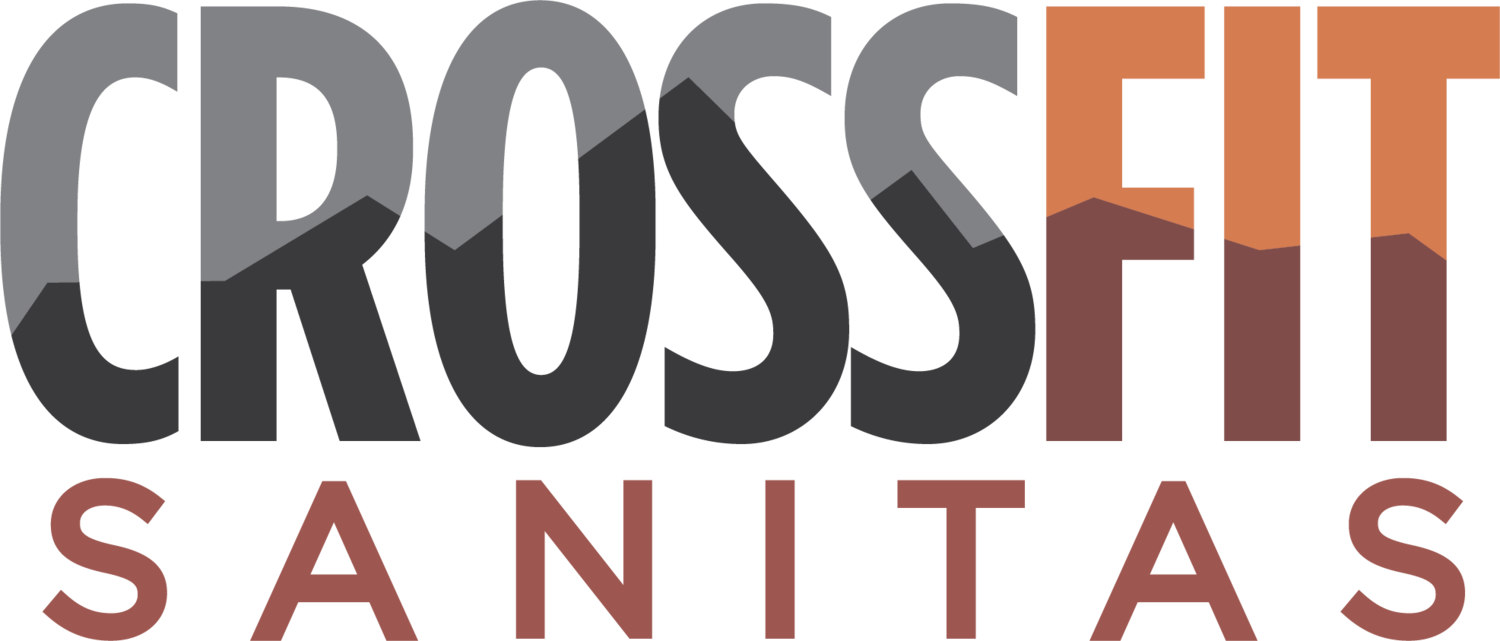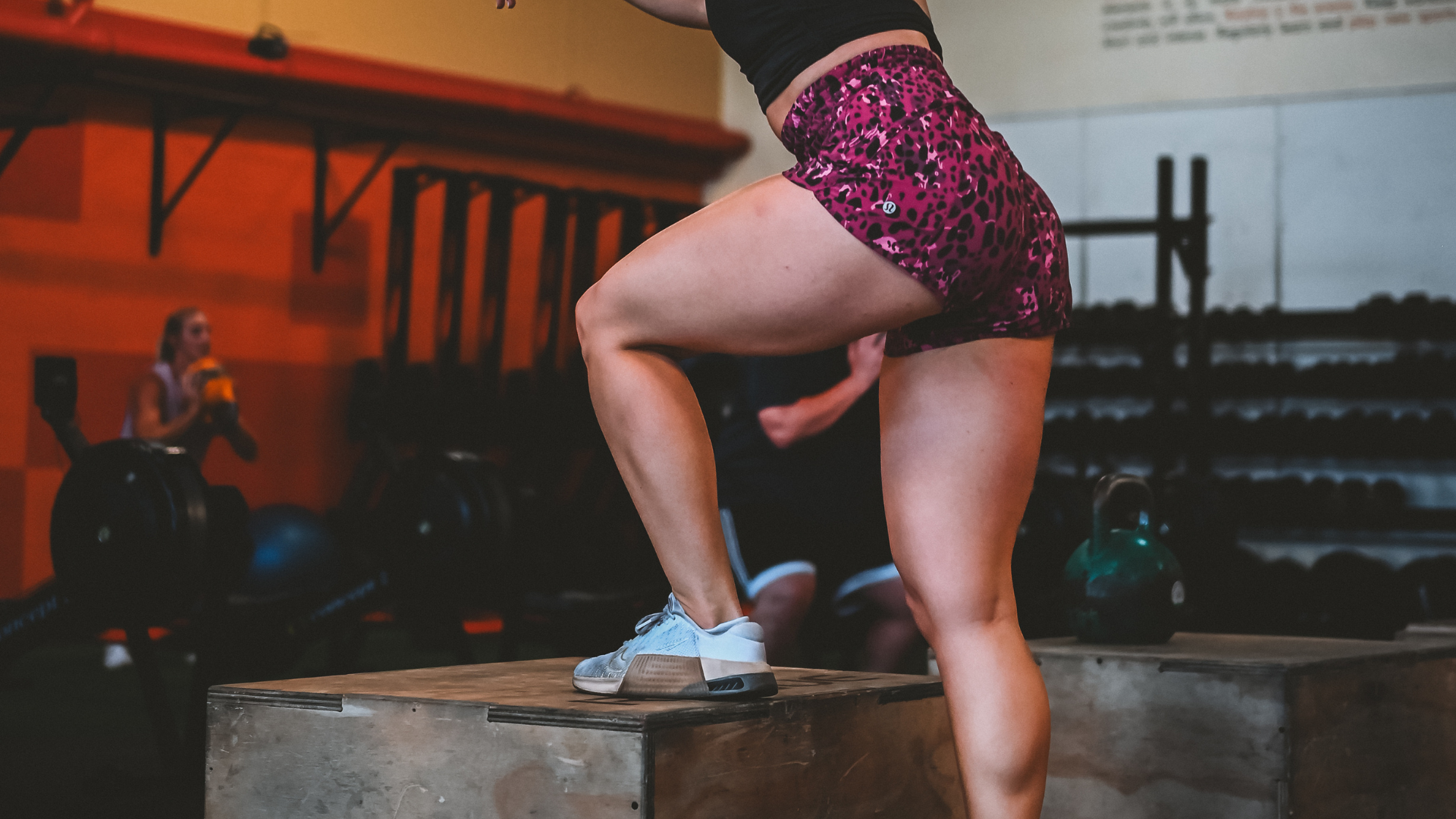the benefits of plyometric training
CrossFit is more than lifting heavy weights or performing endless rounds of burpees. It’s about improving functional strength, endurance, and explosiveness. One component often overlooked by CrossFit athletes is plyometric training, a type of exercise that emphasizes explosive movements, usually incorporating jumps, bounds, and rapid directional changes.
While box jumps are the poster child of plyometrics in CrossFit, limiting training to just this exercise can prevent athletes from reaching their full potential. Plyometric training, when executed correctly, enhances athletic performance, reduces the risk of injury, and improves neuromuscular efficiency.
Let’s take a closer look at why CrossFit athletes should expand their plyometric repertoire beyond box jumps and how to implement these exercises safely and effectively.
What is Plyometric Training?
Plyometric exercises involve a rapid stretch-shortening cycle, where muscles are quickly stretched and then contract to produce maximum force in minimal time. This teaches the body to move faster, stronger, and more explosively.
Common examples of plyometrics in CrossFit include:
Box Jumps
Jump Squats
Broad Jumps
Depth Jumps
Medicine Ball Slams
Lateral Bounds
While box jumps develop vertical power, focusing only on them limits growth in other directions. True athletic performance requires multi-directional strength, including lateral, rotational, and horizontal power.
If you’re new to CrossFit and want to know what your first class will look like, don’t miss our guide: CrossFit for Beginners: What to Expect in Your First Class
Why Box Jumps Alone Aren’t Enough
Box jumps are excellent for building lower-body power and coordination, primarily targeting quads, glutes, and calves. However, limiting training to just box jumps can:
Create muscle imbalances
Underdeveloped lateral, horizontal, and rotational power
Lead to plateaus in Olympic lifts, gymnastics movements, and metcon workouts
To maximize explosiveness, agility, and overall athletic potential, athletes need a broader variety of plyometric exercises.
Box jumps are just the beginning. Take your training further at the best CrossFit gym in Boulder - join today!
Benefits of Plyometric Training for CrossFit Athletes
1. Improved Explosiveness
Many CrossFit movements require short bursts of maximal effort, Olympic lifts, kettlebell swings, and wall balls, for example. Plyometrics trains fast-twitch muscle fibers to fire rapidly, making lifts and movements more explosive.
Tip: Incorporate plyometric training, such as box jumps, broad jumps, and lateral bounds to build multi-directional power.
2. Better Neuromuscular Coordination
Plyometric exercises teach the nervous system to recruit the right muscles at the right time. This reduces wasted energy during high-intensity workouts and improves efficiency.
Tip: Single-leg hops or medicine ball rotational throws challenge balance and coordination while complementing traditional CrossFit movements.
3. Enhanced Agility and Reaction Time
CrossFit often involves dynamic exercises and quick transitions. Plyometric training sharpens reaction time and agility, allowing athletes to respond quickly in metcons or obstacle-based workouts.
Tip: Cone drills or lateral shuffle jumps mimic fast-paced, multi-directional CrossFit movements.
4. Reduced Risk of Injury
Well-conditioned muscles, like those that are explosive, absorb impact better, reducing stress on joints, tendons, and ligaments. Plyometrics also improve tendon stiffness, protecting knees and ankles during heavy lifting or high-impact exercises.
Note: Always maintain proper form, start with low-intensity movements, and gradually increase volume and intensity to prevent injury.
Preventing injuries is just as important as building strength - learn how our experts can support your recovery and performance through physical therapy at CrossFit Sanitas
Effective Plyometric Exercises Beyond Box Jumps
Jump Squats: Build lower-body explosiveness, strengthen quads and glutes.
Broad Jumps: Enhance horizontal power for sprints and dynamic lunges.
Depth Jumps: Train reactive strength by jumping immediately after landing.
Medicine Ball Slams: Engage core, shoulders, and arms in full-body explosive movement.
Lateral Bounds: Improve lateral stability for multi-directional CrossFit movements.
Tuck Jumps: Challenge core, hip flexors, and quads while boosting vertical explosiveness.
Tip: Mix these exercises into warm-ups or dedicated plyometric sessions twice a week. Focus on quality over quantity.
Explore More:
Is CrossFit better than a normal gym?
Maximize Your CrossFit Recovery: What to Eat (and When) After You Train
CrossFit and Aging: Is It Safe for Over 40?
Programming Plyometrics Safely
When starting plyometric training, it’s essential to introduce only one or two new exercises per week, allowing your body to adapt. Paying attention to your landing is crucial - soft, controlled landings reduce stress on your knees and ankles while protecting your joints.
Adequate rest between sets, typically 48 to 72 hours for intense sessions, helps muscles recover and prevents overtraining. Warming up thoroughly with dynamic stretches and mobility drills prepares your joints and muscles for the explosive movements ahead. Progress should be gradual, increasing height, distance, or intensity in small increments to maintain safety.
Remember, overdoing plyometrics can lead to fatigue, compromise your technique, and increase the risk of injury, so quality always matters more than quantity.
Plyometric Training and CrossFit Performance
Integrating multi-directional plyometrics can boost performance in:
Olympic Lifts: Explosive leg drive enhances snatches and clean & jerks
Gymnastics Movements: Improved power helps in muscle-ups, handstand push-ups, and kipping
Metcon Workouts: Faster, more powerful movements improve efficiency
Short Bursts of Endurance: Proper programming increases muscular endurance during intense intervals
By targeting different planes of movement and combining strength with explosiveness, athletes break through performance plateaus and see measurable improvements.
Maximizing Plyometric Training with CrossFit Sanitas
You want to push limits safely while seeing results that matter. That’s why at CrossFit Sanitas, we focus on using planned plyometric exercises along with coaching and support from our community.
Our sessions integrate multi-directional jumps, bounds, and explosive movements alongside CrossFit WODs, ensuring each athlete maximizes power, agility, and endurance. Programming is individualized, whether you’re new to plyometrics or a seasoned competitor. Adjustments are made to suit your strength, skill level, and goals.
Beyond the physical benefits, our supportive group environment motivates athletes to push limits safely while fostering consistency and accountability. With our guidance, plyometrics are performed efficiently, translating into measurable improvements in lifts, gymnastics movements, and metcon performance.
Plyometric Training Tips for Maximum Impact
Pair with Strength Training: Plyometrics are most effective when combined with a solid strength foundation.
Prioritize Recovery: High-intensity, explosive exercises require adequate rest and recovery.
Monitor Form: Focus on controlled landings and proper alignment to prevent injuries.
Use Variety: Incorporate exercises targeting vertical, horizontal, and lateral movements.
Track Progress: Record jump heights, distances, and times to measure improvement and adjust programming.
Ready to put these plyometric techniques into practice? Check out the CrossFit Sanitas class schedule and find a time that works for you.
Box jumps are a staple in CrossFit, but they are just one part of a well-rounded plyometric program. Athletes need varied explosive movements to develop power, coordination, agility, and resilience against injuries.
By expanding your plyometric repertoire, following safe progression strategies, and emphasizing recovery, you can unlock your full potential in lifts, gymnastics, and metcon workouts. Programs like those offered at CrossFit Sanitas demonstrate the measurable impact of thoughtfully applied plyometric training on performance, safety, and long-term fitness success.


